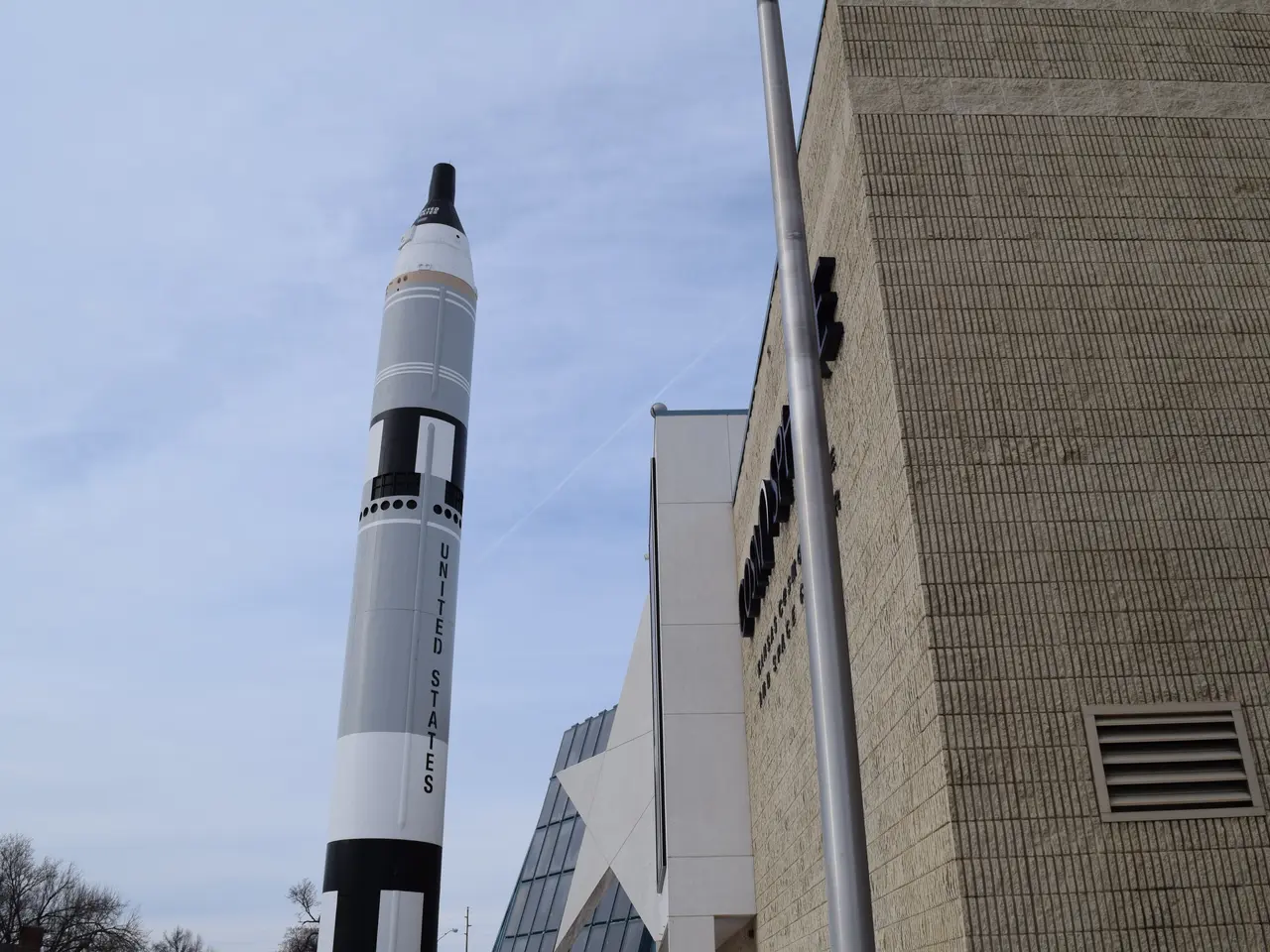Commercial space sector sees Linde as key player for expansion
Linde plc, the world's largest industrial gases company, is making significant strides in expanding its commercial space business[1][5]. The company is investing heavily in U.S. infrastructure, particularly in Florida and Texas, to supply rocket-grade gases with new facilities expected to come online by 2026-2027.
Last week, Linde announced two long-term agreements to supply bulk industrial gases for rocket launches, supporting the U.S. commercial space sector [6]. These agreements add to the company's existing commitments, as evidenced by its sizable project backlog worth $7.1 billion [1][2].
The growth in Linde's commercial space business is noteworthy. Over the last three years, revenues from this segment have almost quadrupled [4]. The opportunity to supply fuels for rocket launches and propulsion systems for satellites is fueling double-digit growth in this particular end market for Linde [5].
The company's CEO, Sanjiv Lamba, sees space as a very attractive opportunity for growth at Linde [5]. This strategic focus on high-growth industries, including hydrogen and industrial gases, aims to generate about $1.2 billion in additional annual EBITDA [1].
Linde's robust profitability is evident in its recent quarterly results (Q2 2025). The company demonstrated strong profitability with a 30.1% operating margin and EPS growth of 6%, surpassing market expectations [2][3]. This financial performance contributes to optimistic future outlooks in the commercial space segment and overall business.
Investors and analysts, including Citigroup and RBC, have upgraded Linde shares with price targets around $576, reflecting confidence in Linde’s long-term growth trajectory in sectors such as commercial space [1].
Linde has a contract with NASA to supply liquid hydrogen used as fuel in cryogenic rocket engines [7]. The company's commitment to this sector is further demonstrated by its decision to raise the lower end of its 2025 earnings per share guidance. The new guidance range is $16.30 to $16.50, compared to the previous range of $16.20 to $16.50 [3].
In summary, Linde’s commercial space business is growing rapidly through strategic U.S. infrastructure investments scheduled to be operational within 1-2 years, supported by a $7.1 billion project backlog and strong financial performance. The company’s plans emphasize long-term leadership in industrial gases for space, capturing a growing market tied to space exploration and rocket technologies [1][5].
References: 1. Linde plc Q2 2025 Results 2. Linde plc Q2 2025 Earnings Call Transcript 3. Linde plc Raises Earnings Guidance Amid Strong Q2 Results 4. Linde's Commercial Space Segment Revenues Quadruple Over Three Years 5. Linde's Expansion in Commercial Space Business 6. Linde Announces Two Long-Term Agreements to Supply Bulk Industrial Gases for Rocket Launches 7. Linde's Contract with NASA to Supply Liquid Hydrogen
- The expansion in Linde's commercial space business, which has seen almost quadrupled revenues over the last three years [4], is rooted in the company's strategic investments in the research and development of advanced technology for space-and-astronomy applications.
- The growth trajectory of Linde's commercial space business, with double-digit growth fueled by the opportunity to supply fuels for rocket launches and propulsion systems for satellites [5], is a testament to the company's commitment to leveraging science and technology for business advancement.




